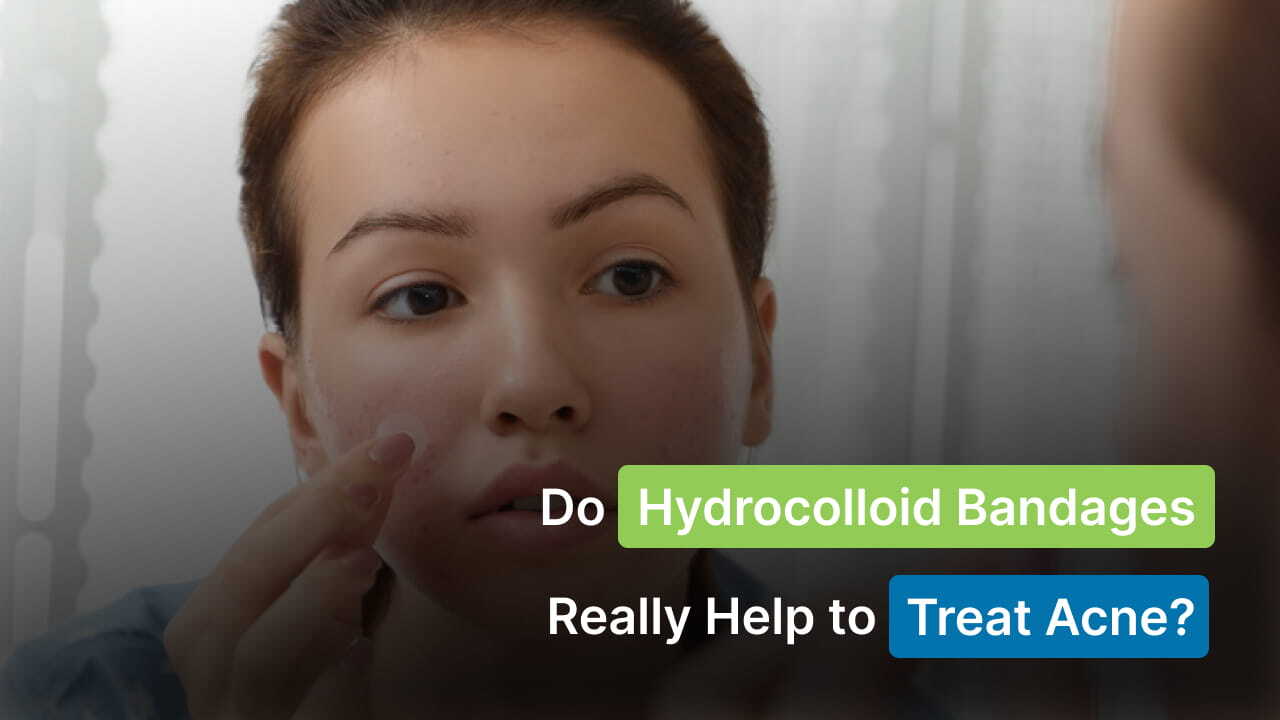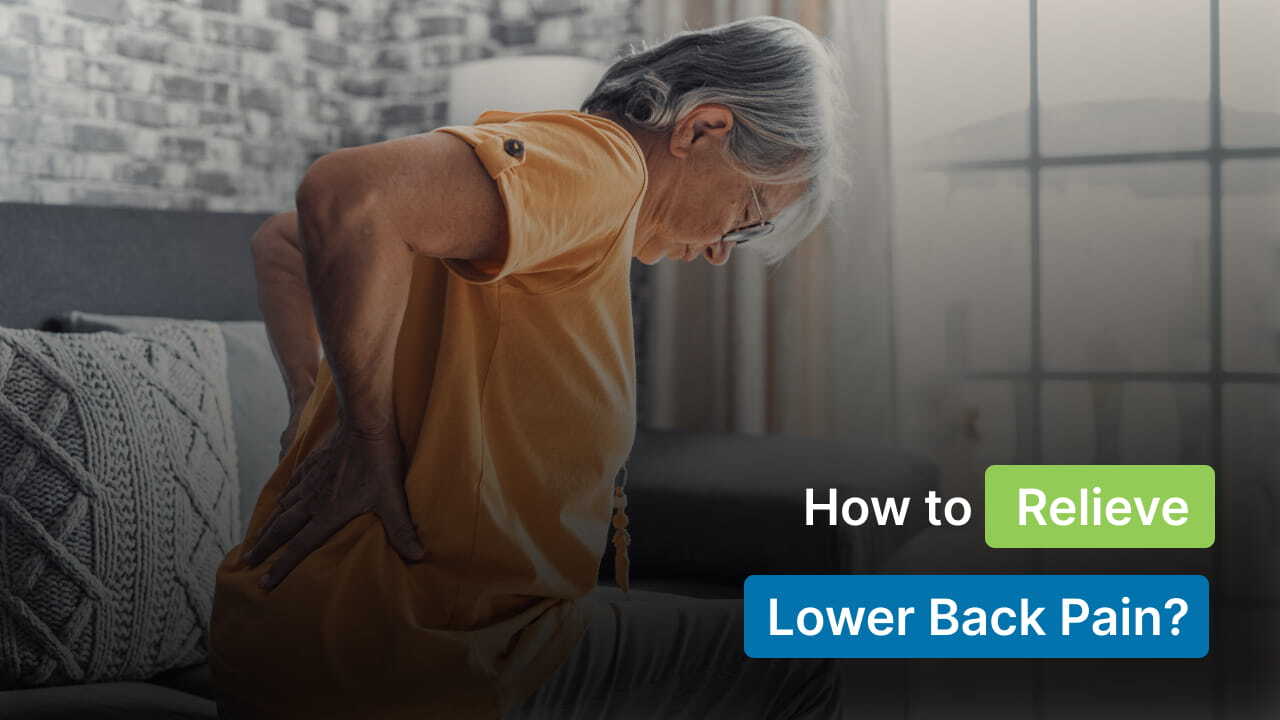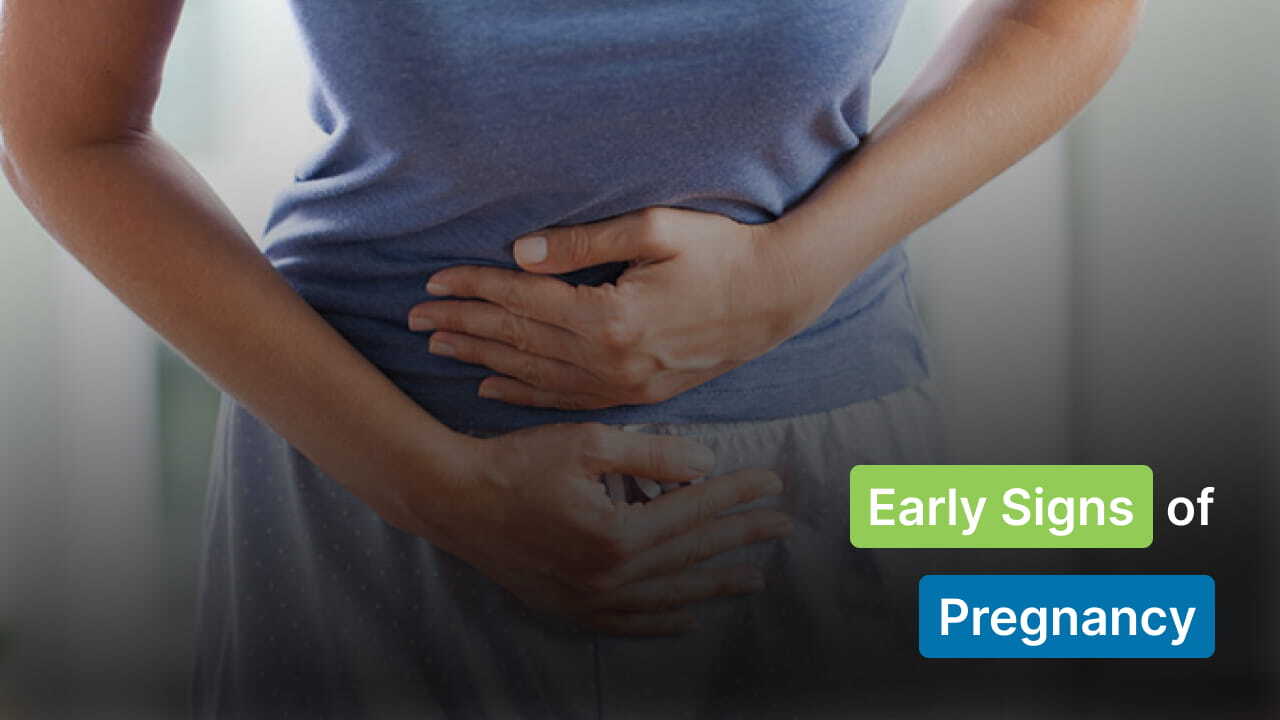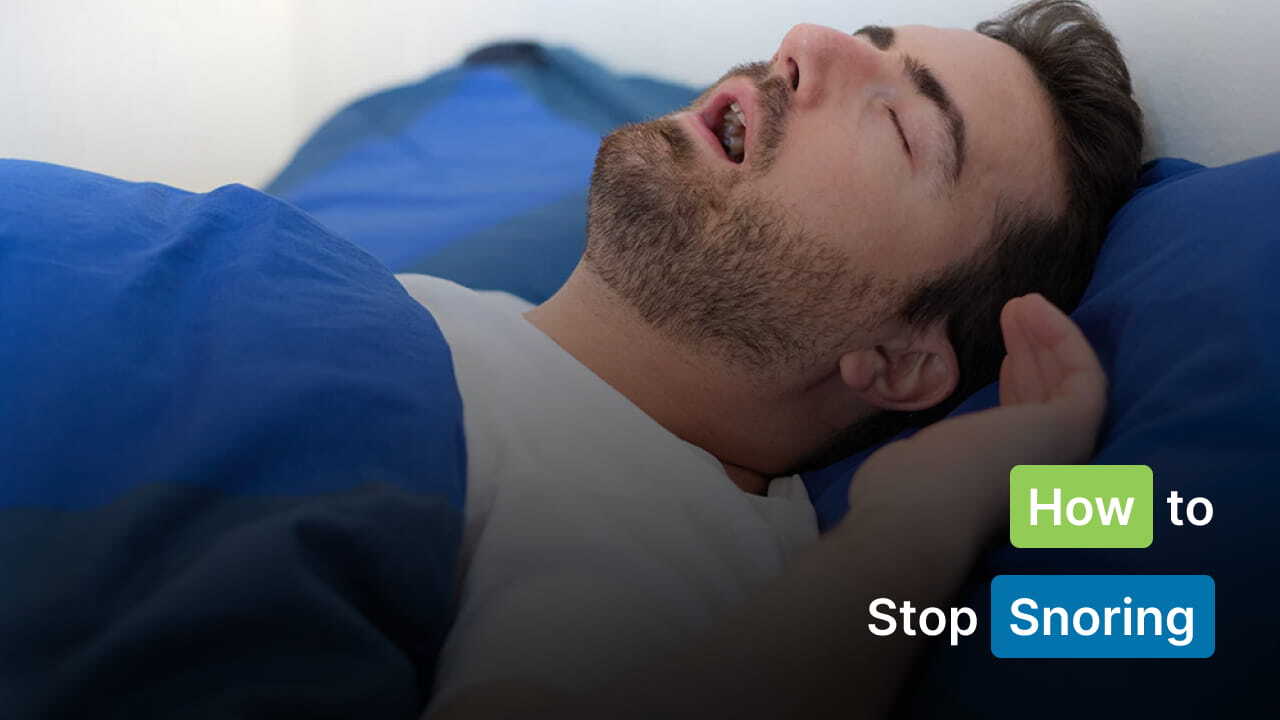
Intimate wellness is a personal concern that can have a profound impact on your confidence levels. The health and hygiene of your intimate boy parts might not be apparent to others and might not seem an imminent concern.
Yet, it can have a profound impact on one’s self-confidence and state of energy. Furthermore, it can be apparent to your partner if you have one, which presents its own set of challenges to demeanor and confidence.
These reasons notwithstanding, it is also a crucial aspect of your overall health and well-being. Therefore, it is crucial to manage your intimate health.
One common intimate health issue faced by many women is a yeast infection. In this article, we explore yeast infection and the possibility of getting rid of it in 24 hours.
What is a Yeast Infection?
A yeast infection, also known as candidiasis, is a common fungal infection caused by an overgrowth of Candida albicans, a type of yeast that naturally lives in the human body.
Under normal circumstances, the body's immune system and good gut bacteria keep Candida's growth under control. However, certain factors can disrupt this balance, leading to an overgrowth of Candida and a yeast infection.
Yeast infections can potentially occur in several regions of the body, including the mouth (oral thrush), the genitalia (vaginal yeast infection), and the skin (cutaneous candidiasis).
Vaginal yeast infections are the most commonly occurring type of yeast infection and reportedly affect up to 75% of women at some point in their lives. One study shows that around 9 million people in the United States are affected by a treatable fungal infection, commonly known as yeast.
Yeast infections are generally not serious but can be uncomfortable and inconvenient. In some cases, recurrent yeast infections may be a sign of an underlying health condition that needs to be addressed.
It is essential to seek medical advice if symptoms persist or worsen or if you have recurrent yeast infections. With proper treatment and preventative measures, however, most yeast infections can be successfully managed and treated.
Causes of Yeast Infection
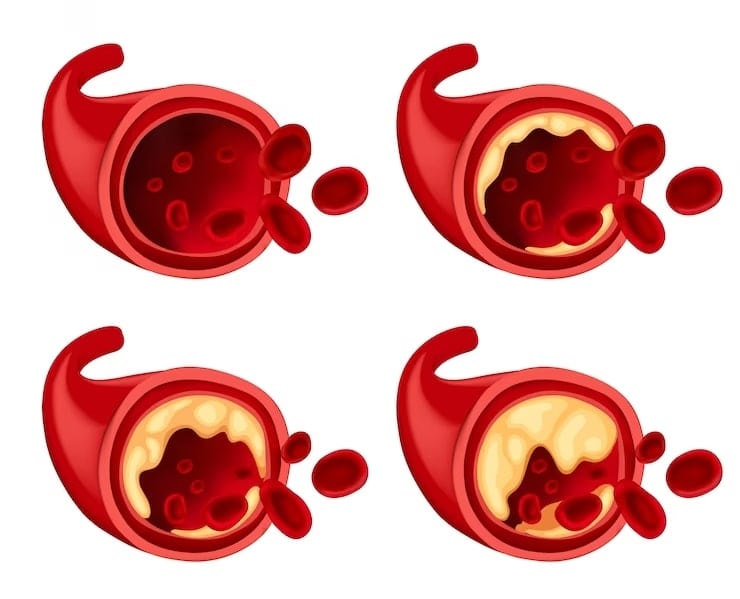
Yeast infection is caused due to the overgrowth of Candida Albicans. Several factors can lead to this overgrowth and cause yeast infections.
Use of antibiotics:
Antibiotics are a common cause of yeast infections as they can disrupt the natural balance of bacteria in the body, allowing Candida to grow unchecked.
Medication:
Some medications, like corticosteroids and oral contraceptives, can potentially increase the chances of developing a yeast infection.
Weak immunity:
Individuals with weakened immune systems, such as people afflicted with HIV/AIDS, cancer, or autoimmune disorders, are more susceptible to yeast infections.
High blood sugar levels in individuals with diabetes can also provide a suitable environment for Candida to grow.
Diet:
Consuming food containing excessive refined carbohydrates and sugar can lead to unhealthy glucose levels in the body, which is conducive to the growth of Candida and other bacteria.
Clothing:
Certain lifestyle factors can also increase the risk of developing a yeast infection. Wearing tight or damp clothing, particularly in the genital area, can create a warm, moist environment that is conducive to yeast growth.
Sex:
Sexual activity, particularly with a partner who has a yeast infection or is uncircumcised, can also increase the risk of developing a yeast infection.
Symptoms of Yeast Infection
The symptoms of yeast infection vary based on the infection's severity and the region of the body affected. Some typical symptoms of yeast infection are:
Itching and irritation:
This is often the most common symptom of a yeast infection. The affected area may be itchy, red, and swollen.
Burning during urination or sex:
If the yeast infection is located in the vaginal area, pain or burning may occur during urination or sexual intercourse.
Abnormal discharge:
In the case of vaginal yeast infections, a thick white discharge may resemble cottage cheese.
Rash:
In the case of cutaneous candidiasis, a yeast infection of the skin, a rash may develop that is red, itchy, and scaly.
Soreness:
The affected area may feel sore or uncomfortable, particularly during movement.
Painful swallowing:
In the case of oral thrush, a yeast infection in the mouth, swallowing may be painful or difficult.
How to Get Rid of Yeast Infection in 24 Hours?
While it may not be possible to get rid of a yeast infection in 24 hours altogether, there are steps you can take to help manage symptoms and speed up the healing process. Here are some tips on how to manage a yeast infection in 24 hours:
Over-the-counter antifungal medication:
Over-the-counter antifungal creams or suppositories can help treat a yeast infection. These medications contain active ingredients such as miconazole, clotrimazole, or terconazole that work by killing the yeast cells.
Follow the instructions on the package carefully and apply the medication as directed.
Probiotics:
Probiotics are beneficial bacteria that can help to restore the natural balance of bacteria in the body, which can help to prevent future yeast infections.
Consuming probiotics or using probiotic supplements can help to increase the number of good bacteria in the gut and vagina. Some studies have found that probiotic supplements containing Lactobacillus can help to prevent and treat yeast infections.
Apple cider vinegar:
Apple cider vinegar has natural antifungal properties that can help to kill yeast cells. Mix one to two tablespoons of apple cider vinegar in a glass of warm water and drink it once a day. Add a cup of apple cider vinegar to a warm bath and soak in it for 20 to 30 minutes.
Tea tree oil:
Tea tree oil has natural antifungal and antibacterial properties that can help to treat yeast infections. Mix a few drops of tea tree oil with carrier oil such as coconut oil or olive oil and apply it to the affected area. Do not apply undiluted tea tree oil directly to the skin, as it can cause irritation.
Garlic:
Garlic has natural antifungal properties that can help to kill yeast cells. Eating raw garlic or taking garlic supplements can help to treat a yeast infection. You can also insert a peeled garlic clove into the vagina for a few hours to help alleviate symptoms.
Avoid certain foods:
Certain foods can promote the growth of yeast in the body. Avoiding sugar, refined carbohydrates, and alcohol can help prevent Candida's growth and reduce symptoms of a yeast infection.
Keep the affected area clean and dry:
Yeast thrives in warm, moist environments, so keeping the affected area clean and dry can help prevent Candida's growth. Wear loose, breathable clothing and avoid tight-fitting underwear or pants.
It is important to note that while these remedies can help to manage symptoms and speed up the healing process, they may not completely cure a yeast infection in 24 hours.
If symptoms persist or worsen, it is important to seek medical advice to determine the underlying cause and receive appropriate treatment. Most yeast infections can be successfully managed and treated with proper treatment and preventative measures.
Conclusion
Having a yeast infection can dent your confidence, and you may be tempted to try anything to get rid of it instantly. However, it is essential to remember that it is a medical condition that needs a scientific approach to treatment.
While mild infections can be managed using the above-mentioned remedies, it is essential to consult a healthcare provider when faced with severe infections. The cases have been raised significantly in the United States. In the year 2022, there were around 2377 cases across the USA, according to CDC tracking.
Always seek advice from a healthcare provider to understand the underlying causes of the infection to treat it better. It is also important to keep expectations in check, as getting rid of the infection in under 24 hours is extremely difficult.
FAQs
Q: Is it possible to completely cure a yeast infection in 24 hours?
A: No, it isn’t possible to completely cure a yeast infection in 24 hours. However, there are steps you can take to help nullify the symptoms and quicken the healing process. These steps can help you find relief within 24 hours, but for further treatment, you should seek medical advice to identify the underlying cause and determine the appropriate treatment.
Q: Can home remedies help treat a yeast infection?
A: There are several home remedies that can help you manage your yeast infection. Some of these are consuming probiotics, applying tea tree oil, garlic, and apple cider vinegar. Additionally, making a few lifestyle changes in diet and clothing can help you manage certain symptoms. It is to be noted that consulting a healthcare provider will help you identify the underlying cause behind the condition to treat it effectively.
Q: Is it necessary to consult a healthcare provider to treat a yeast infection?
A: It is possible to manage mild forms of yeast infection by using home remedies and over-the-counter antifungal medications. However, this might not be applicable to all. Depending on the severity and cause of the infection, a professional approach might be required. It is advisable to consult a healthcare provider to identify the cause behind the infection in order to determine the course of treatment suitable for you.
Q: Can men get afflicted with a yeast infection?
A: While yeast infection is more common among women, it also occurs in men. It is rare among men and causes symptoms like itching, irritation, and redness on the penis.
Q: Is it possible to prevent yeast infections?
A: It is possible to prevent the likelihood of a yeast infection by adopting certain practices. This includes choosing breathable fabrics, comfortable & loose-fitting clothing, and avoiding tight-fitting underwear and pants. Further changes in diet, like avoiding sugar and refined carbohydrates and taking probiotics, can help maintain a healthy balance of bacteria in your body. Practicing good hygiene can be beneficial and contribute to overall well-being as well.
Read Also:









